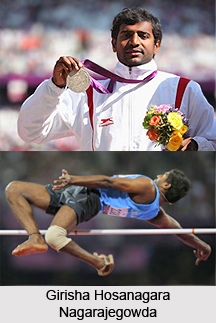Terminology in Sports climbing makes the game easy to communicate among people. For example sports climbers have terms to categorize a successful climb which is based on the number of attempts and pre-existing knowledge of given route.
* An ascent is considered an on-sight if climbed the first try, without falls and without prior knowledge of the route.
* An ascent is considered a flash if climbed the first try, without falls but with some prior knowledge such as, but not limited to, watching another person climb it or discussing it with another climber.
* An ascent is considered a red point once a climber has attempted a given route and failed to climb it on the first attempt, but succeeded without falls on a subsequent attempt while placing quick draws.
* An ascent is considered a pink point once a climber has attempted a given route and failed to climb it on the first attempt, but succeeded on a subsequent attempt while climbing on pre-placed quick draws. In some climbing communities, a pink point is considered to be a red point. In other climbing communities, this term has been abandoned entirely.
Routes that are at or above the individual climber`s skill level often require working to red point. A climber may return to a climb between two and hundreds of times to work out the moves, memorize the movements, and develop the strength and stamina required to complete the route. It is not uncommon for climbers to work routes for months or years.
A route that is being worked is considered that climber`s project. Upon success, a climber is said to have sent a given route. The term can be used in the present tense as send. Note that "send" comes from "ascend".
Prior knowledge of a route passed between climbers is referred to as beta. Beta can be information about difficult moves, specific sequences, or any other information that aids in ascent. In particular, a climber may be interested in getting beta for the crux of a route. The crux is the most difficult section of a route.
Some of the terminology described above was developed by sport climbers, and has been adopted by other forms of climbing, such as bouldering and traditional climbing.



















